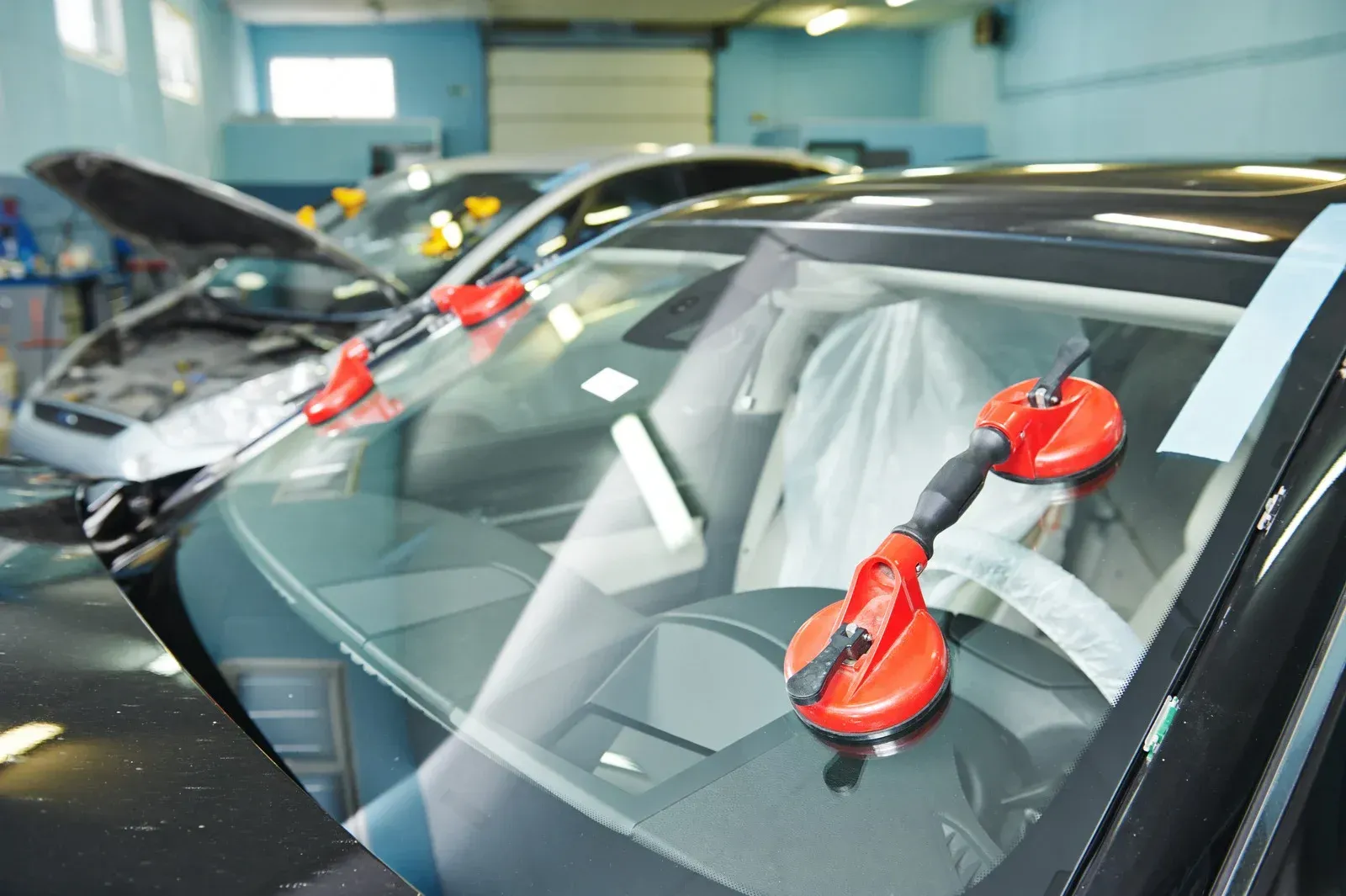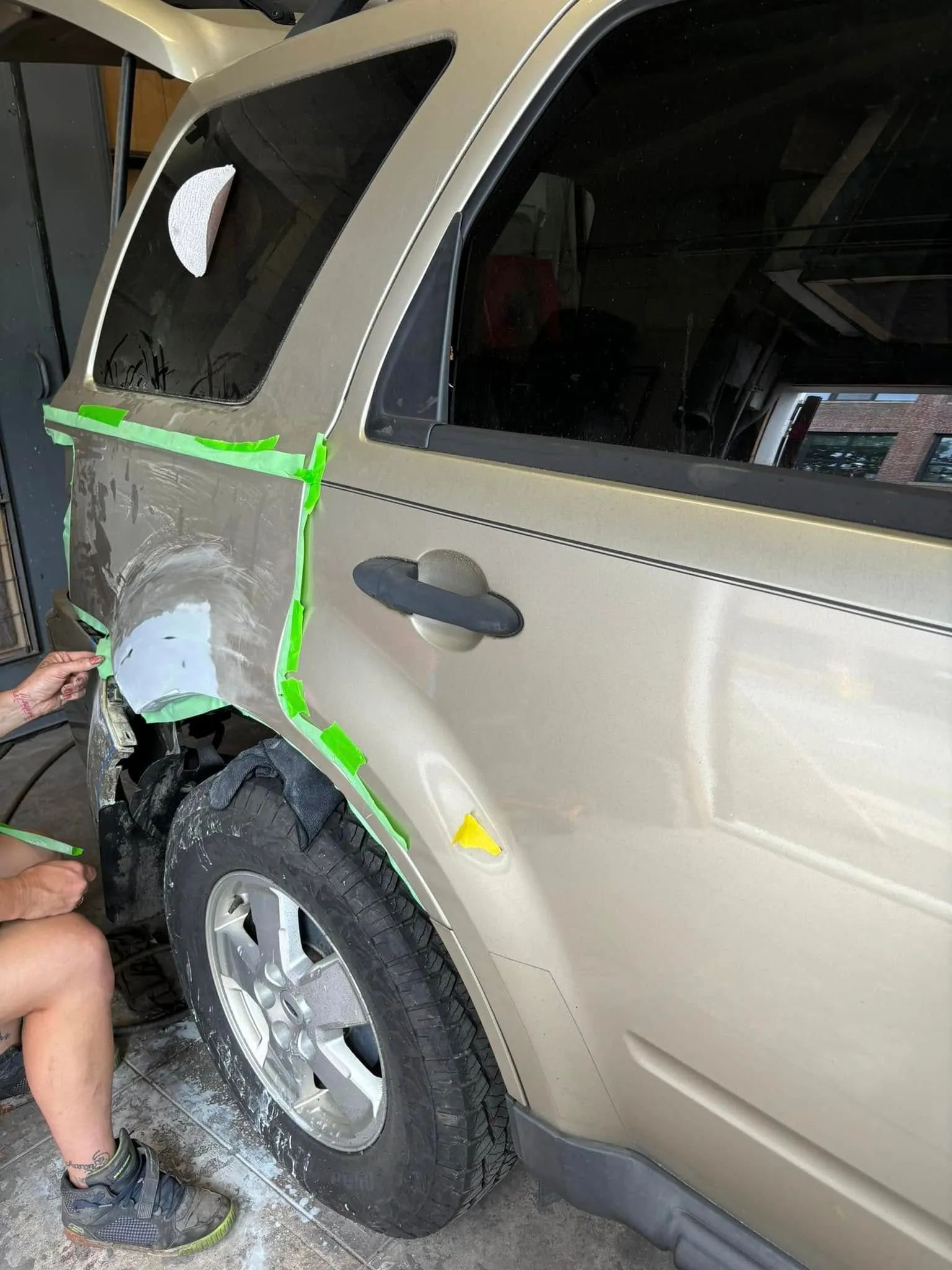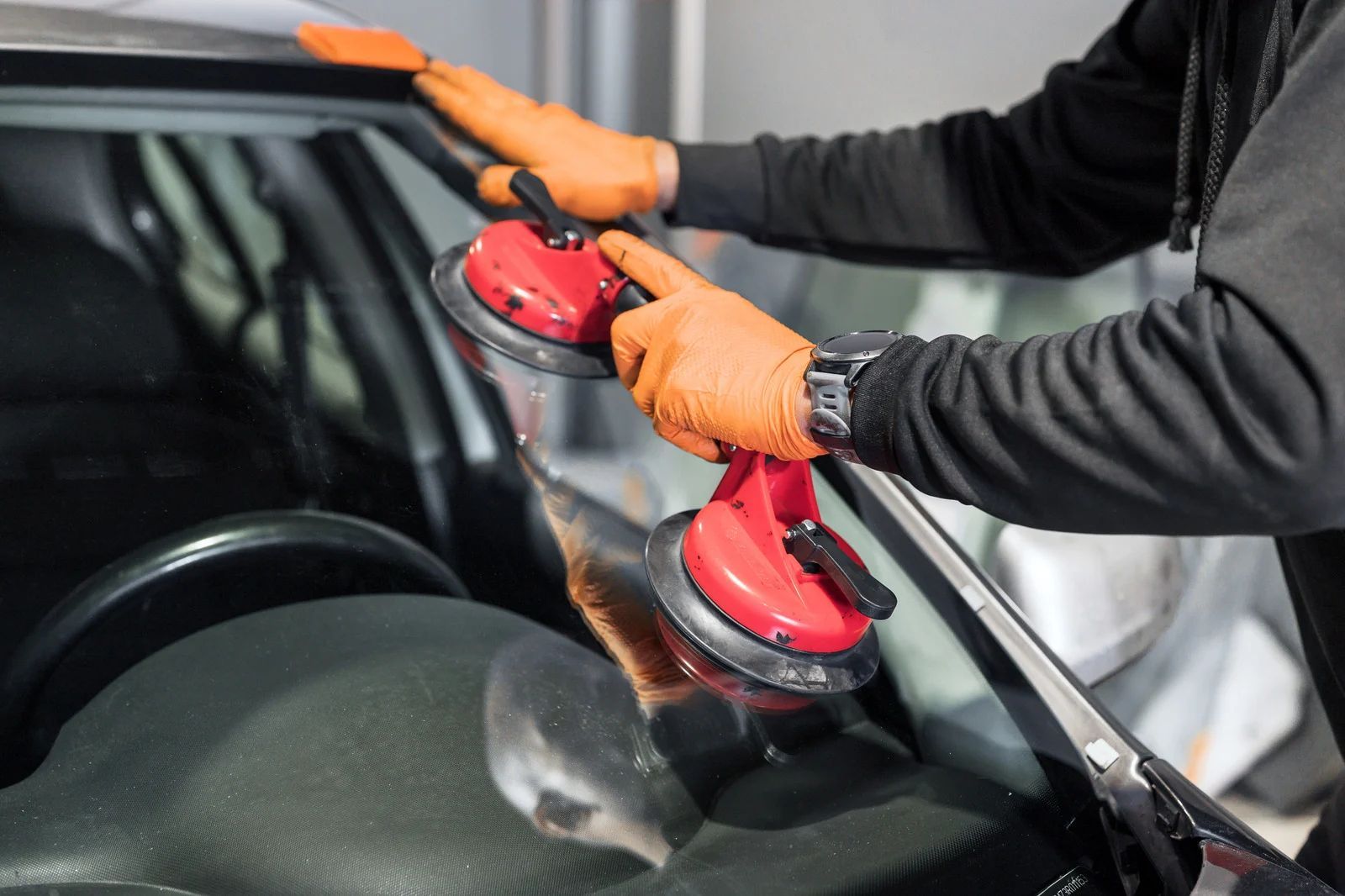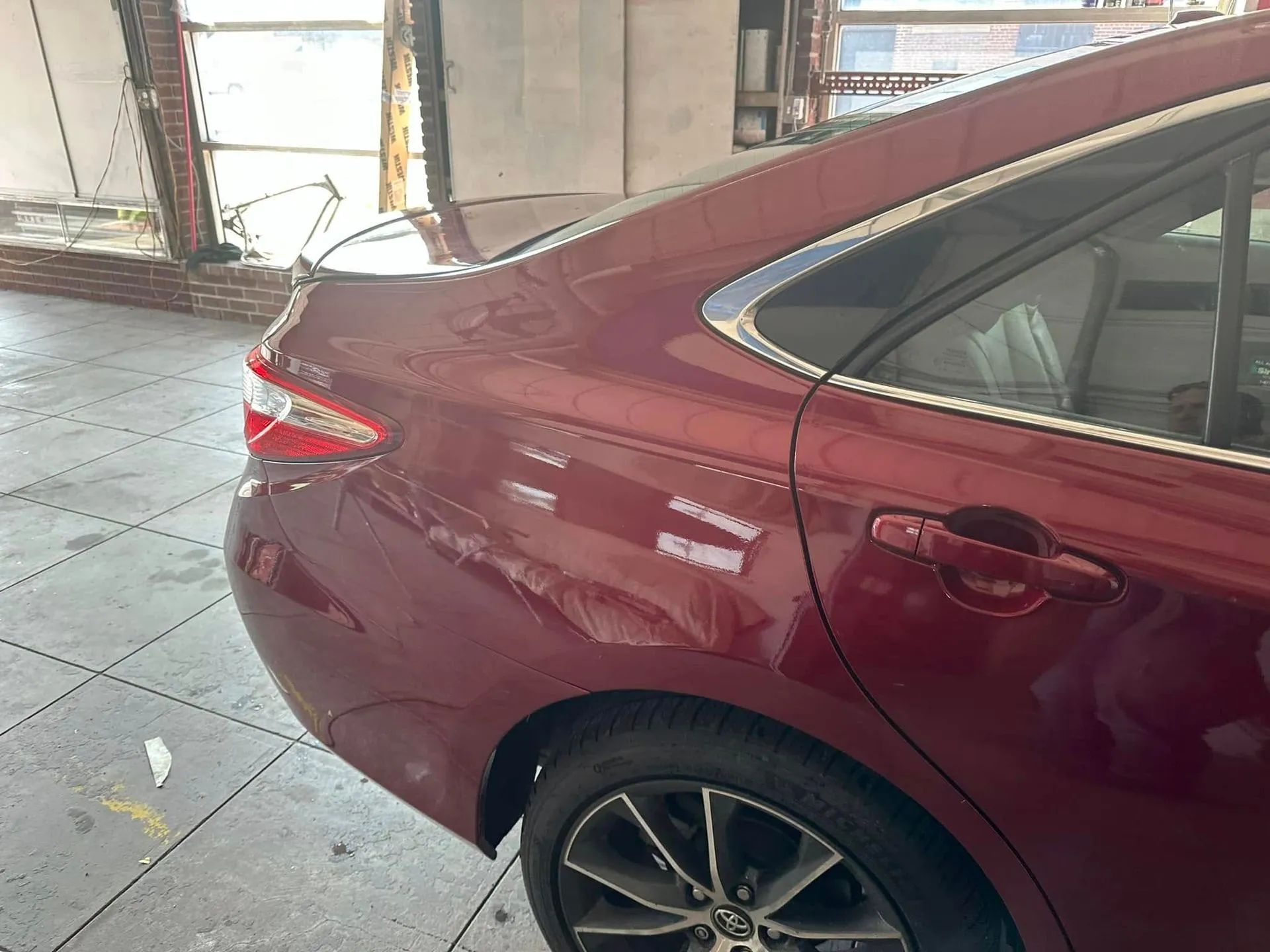Signs You Need a Windshield Repair or Replacement ASAP
July 23, 2025

Your vehicle’s windshield is more than just a pane of glass—it’s a critical safety feature that protects you from debris, supports airbag function, and adds structural integrity during a collision. Ignoring damage, even if it seems minor, can compromise your safety and cost you more in the long run. Knowing when to get your windshield repaired or replaced can save you both time and trouble. Below are key signs that indicate it’s time to act fast.
1. Cracks or Chips in the Glass
One of the most common signs you need immediate windshield repair is the presence of chips or cracks. Small chips may seem harmless, but can quickly spread into long cracks due to temperature changes or road vibrations. Cracks longer than three inches usually require full replacement. Leaving them unattended compromises visibility and weakens the structural strength of the glass.
2. Spiderweb Cracks or Star Breaks
Spiderweb or star-shaped cracks are clear indicators that your windshield has suffered significant damage. These types of cracks often form after a high-impact event and can obstruct your line of sight. Unlike simple chips, spiderweb cracks can’t be easily repaired and typically require a complete windshield replacement to ensure safety and visibility.
3. Distorted Vision or Discoloration
If you notice areas on your windshield where the glass appears blurry, wavy, or discolored, it's a red flag. These distortions may not seem urgent, but they can affect your ability to judge distances, especially while driving in poor lighting or rain. Optical clarity is crucial for safe driving, and any visual distortion means the windshield should be evaluated by a professional.
4. White Haze Around the Edges
A white haze forming around the edges of your windshield is a warning sign that the PVB (polyvinyl butyral) layer is separating from the glass. This material helps keep the windshield intact during impact. Separation means your windshield may not hold together properly in an accident, reducing its ability to protect you and others in the vehicle.
5. Rattling or Wind Noise
If you hear rattling noises or excessive wind sounds while driving, your windshield may no longer be securely sealed. Improper installation, frame corrosion, or damage from debris could have loosened it. A loose windshield is a serious safety hazard and must be inspected immediately to prevent further issues.
6. Internal Damage from Accidents
Even if the windshield didn’t crack visibly during a minor accident, it might still be structurally weakened. Airbags rely on the windshield for proper deployment, and if it’s compromised internally, your vehicle’s safety systems might not work as intended. Post-collision, it’s wise to have your windshield professionally assessed.
7. Multiple Impact Points
Having several small chips or cracks across the windshield, even if individually repairable, can reduce visibility and make the glass structurally unsound. At some point, repairing multiple spots becomes impractical, and replacing the windshield becomes the safer, more cost-effective solution.
Don’t Wait—Drive Safe with a Trusted Local Expert
Your safety on the road starts with a clear, intact windshield. If you notice any of the above signs, don’t delay—bring your vehicle to T & T Auto Body and Service
in Minersville, PA. With 40+ years of experience, our team offers comprehensive services ranging from collision repair services to
expert windshield repair and replacement, tailored to your needs. Call us today or stop by to get your windshield inspected and keep your drive safe and secure.






